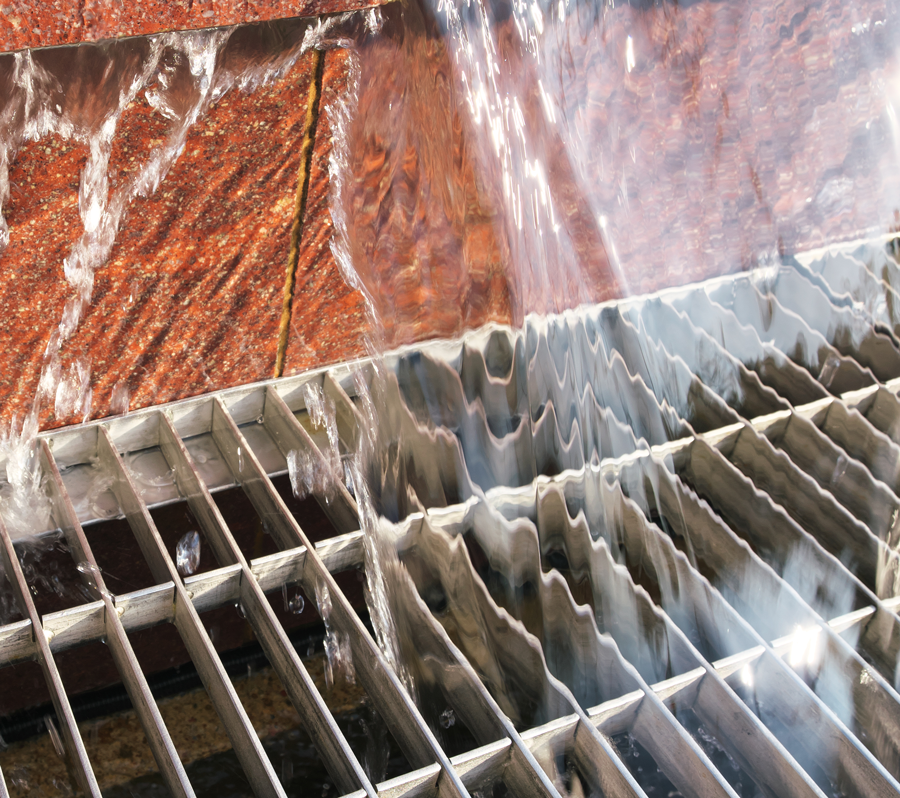Discover D4RUNOFF publications and dissemination materials.
Please contact us if you would like more information about the project or are looking for a specific resource about D4RUNOFF.

Please contact us if you would like more information about the project or are looking for a specific resource about D4RUNOFF.
